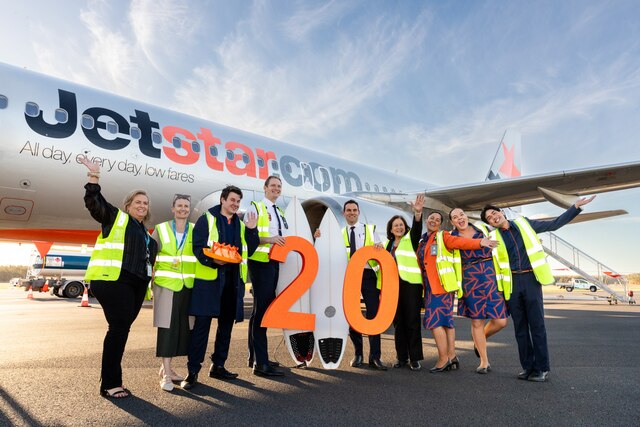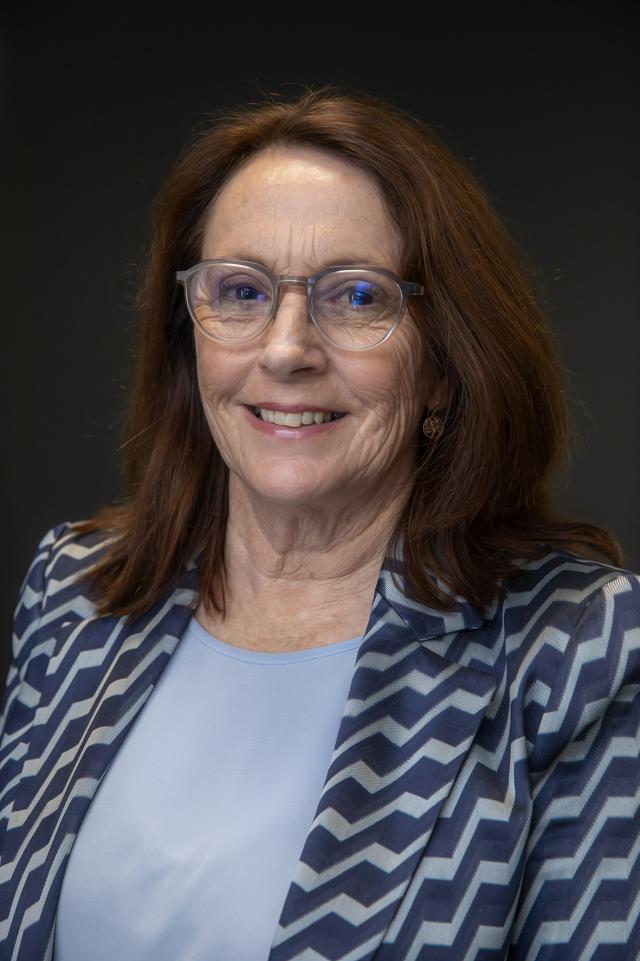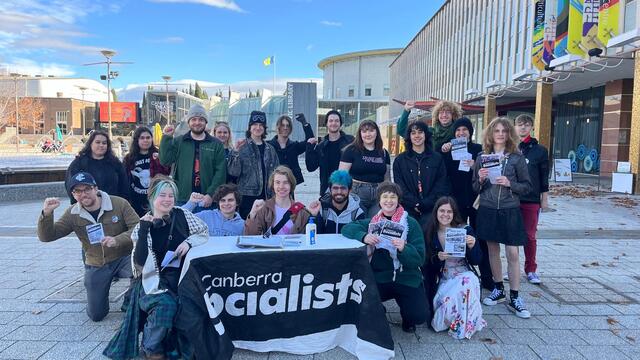Albert Einstein once said, ‘We shall require a substantially new manner of thinking if mankind is to survive.’ The new manner of thinking in the 21st century comes in the form of ‘sustainability’ – the key word for people concerned with planning, developing and improving the places in which we live.
Webster’s dictionary defines sustainability as ‘using a resource so that it is not depleted or permanently damaged.’ . The key words are resource and use. Essentially, sustainability is the effective use of resources – natural, human, and technological, to meet community needs today while ensuring these resources are available to meet future needs.
So what has all this got to do with Cardinia? Cardinia has a unique, diverse environment, with many beautiful areas of environmental significance, intensive agriculture, volatile urban growth and great economic potential.
It has traditional rural village communities and an increasing number of modern suburban communities. To ensure that residents continue to enjoy this lifestyle, Council has adopted a responsible approach to its preservation for the future.
It has taken a three pronged approach that considers economic, environmental and social resources. This is often referred to as the ‘triple bottom line’.
Council’s Manager Economic Development, Social Planner and Environmental Planner have been working with a team of five post graduate students from Monash University to develop Sustainability Indicators for this Local Government area.
“Sustainability Indicators are the guides by which we measure our success in achieving a sustainable community,” said Council’s CEO, Don Welsh.
The project team has been working with the community to develop a set of indicators based on a number of environmental, economic and social planning goals. The team needed to consider whether the indicators where measurable, relevant, easy to understand, would show trends over a period of time and are able to give a warning of future problems.
Just some of the focus points included energy use, landfill, recycling, rubbish, fire control, vegetation and wildlife, volunteerism, civic pride, social welfare, Aboriginal heritage, crime, employment opportunities, farm viability, transport and road networks.
Two community workshops have been held where the participants discussed their perceptions of sustainability and developed some potential indicators for the Shire.
The students have now taken this information and are undertaking analysis to develop the indicators, prepare a resource guide explaining the relevance of the potential indicators and a guide for measuring and monitoring them in the future. They are also preparing a formal presentation.
The project is expected to be completed by December 2001.







